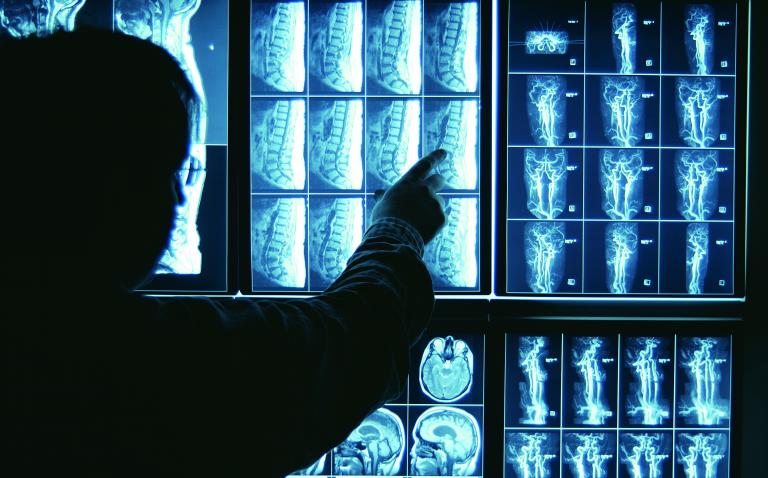While the penetration of picture archiving and communication systems (PACS) in European hospitals is 80 per cent, the modern radiology information system (RIS) that drives PACS has only reached a penetration level of about 41 per cent. Legacy RIS modules ubiquitously dominate the market and many hospitals are reluctant to install a new RIS due to complications associated with training a large group of staff as well as concerns over data migration and security. However, with the third generation of PACS installations, hospitals have realised the importance of investing in a modern RIS. Moreover, they are also recognising the need to purchase RIS and PACS from the same vendor to reduce operational costs.
New analysis from Frost & Sullivan (http://www.medicalimaging.frost.com), European RIS/PACS Market, finds that the market was valued at $679.4 million in 2009 and estimates this to reach $1,353.3 million in 2016.
“Expanding regulatory initiatives of DICOM and HL7 will make the homegrown RIS solution obsolete, thereby boosting RIS installations from prominent vendors,” notes Frost & Sullivan Programme Manager Eramangalath Sujith. “The new slipstream of advanced PACS installations will require hospitals to have a modern RIS system that will drive these PACS.”
Old RIS modules are unidirectional systems incapable of driving PACS modules. Unidirectional systems will also lead to unnecessary duplication of data, thereby adding to the operational cost of hospitals. Modern RIS and PACS installations will ensure a single-point desktop access to radiology information and digitised images. This will support enhanced productivity.
The major challenge faced by the RIS/PACS industry is related to people. Hospital staff have been used to legacy RIS modules that have existed for more than 20 years. For a long time, hospitals were only concerned with allocating budgets for PACS installations and making their IT portfolio complete.
“RIS systems used to cost as much as PACS systems about five to six years ago,” explains Sujith. “European hospitals allocated budgets only for PACS purchase and not for RIS.”
As most RIS and PACS modules are sold separately, hospitals can save between 10-20 per cent (depending on their preliminary requirements) of the total price on their initial RIS/PACS installation. An even more important criterion promoting system adoption is the prospect of reduced operational cost during the long term.
“Vendors for RIS and PACS modules should justify faster return on investments to clients through the purchase of both modules as a combined package,” advises Sujith.
If you are interested in more information on Frost & Sullivan’s latest study on the European RIS/PACS Market, please send an e-mail to Katja Feick, Corporate Communications, at [email protected], with your full name, company name, title, telephone number, company e-mail address, company website, city, state and country.
European RIS/PACS Market is part of the Medical Imaging Growth Partnership Services programme, which also includes research in the following markets: European Laboratory Information Systems, European C-Arms Market and, Strategic Outlook into Archive Requirements for Digitised Images in Medical Imaging. All research services included in subscriptions provide detailed market opportunities and industry trends that have been evaluated following extensive interviews with market participants.










